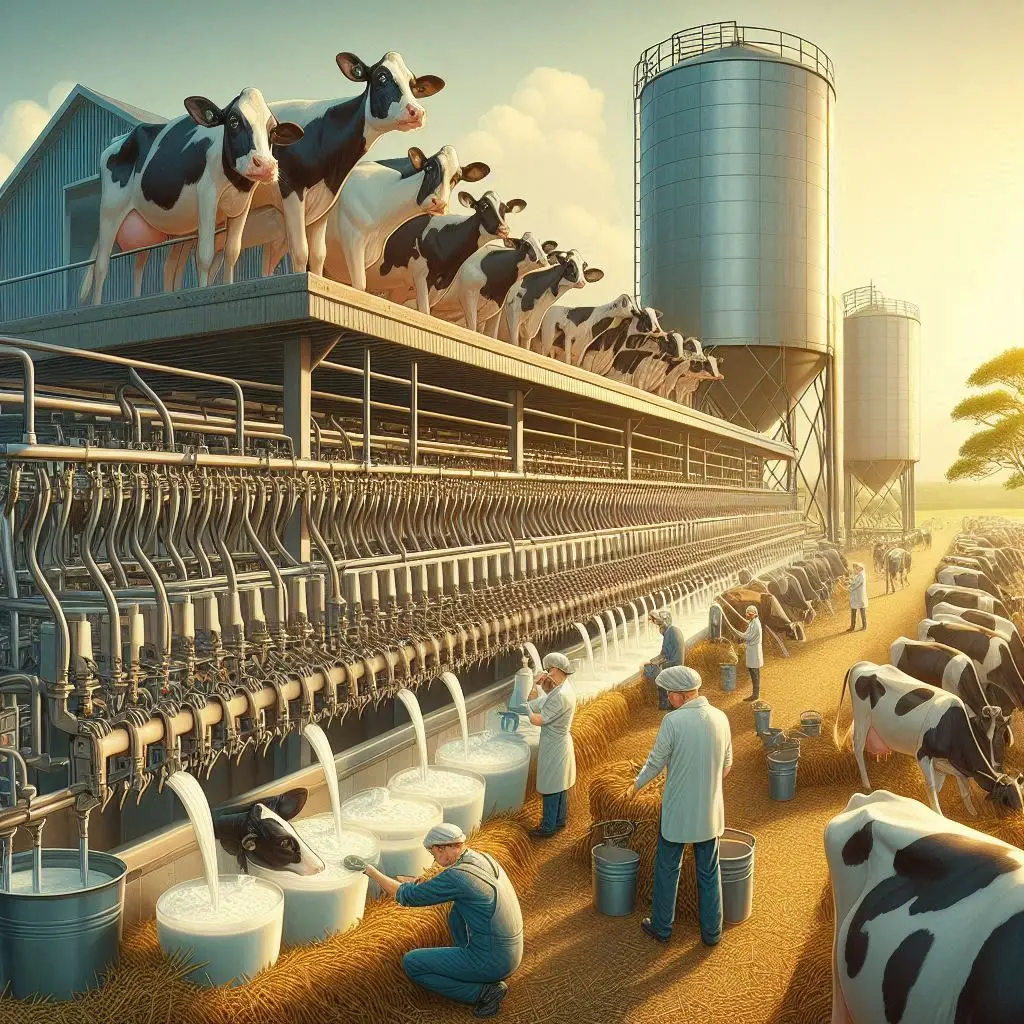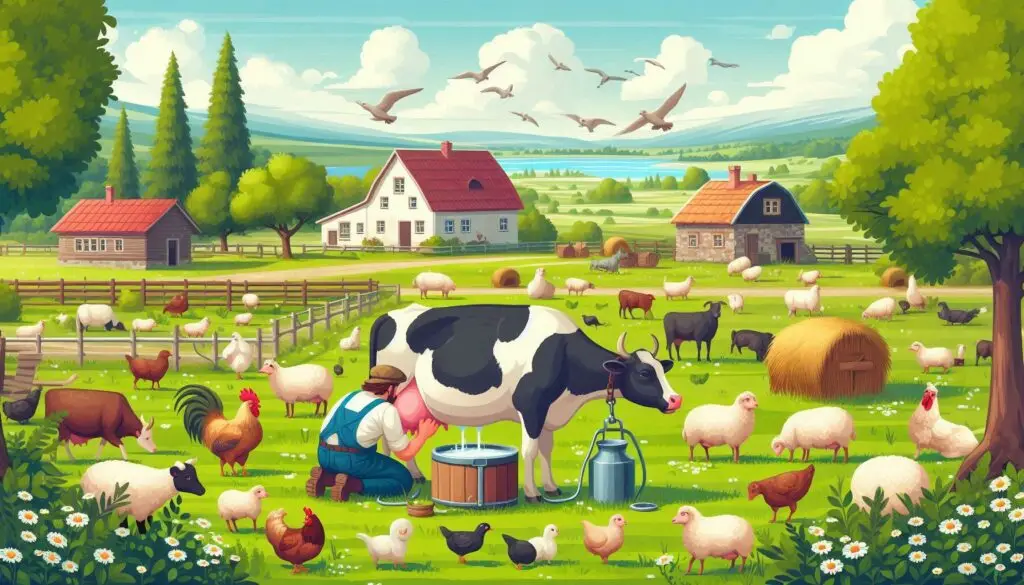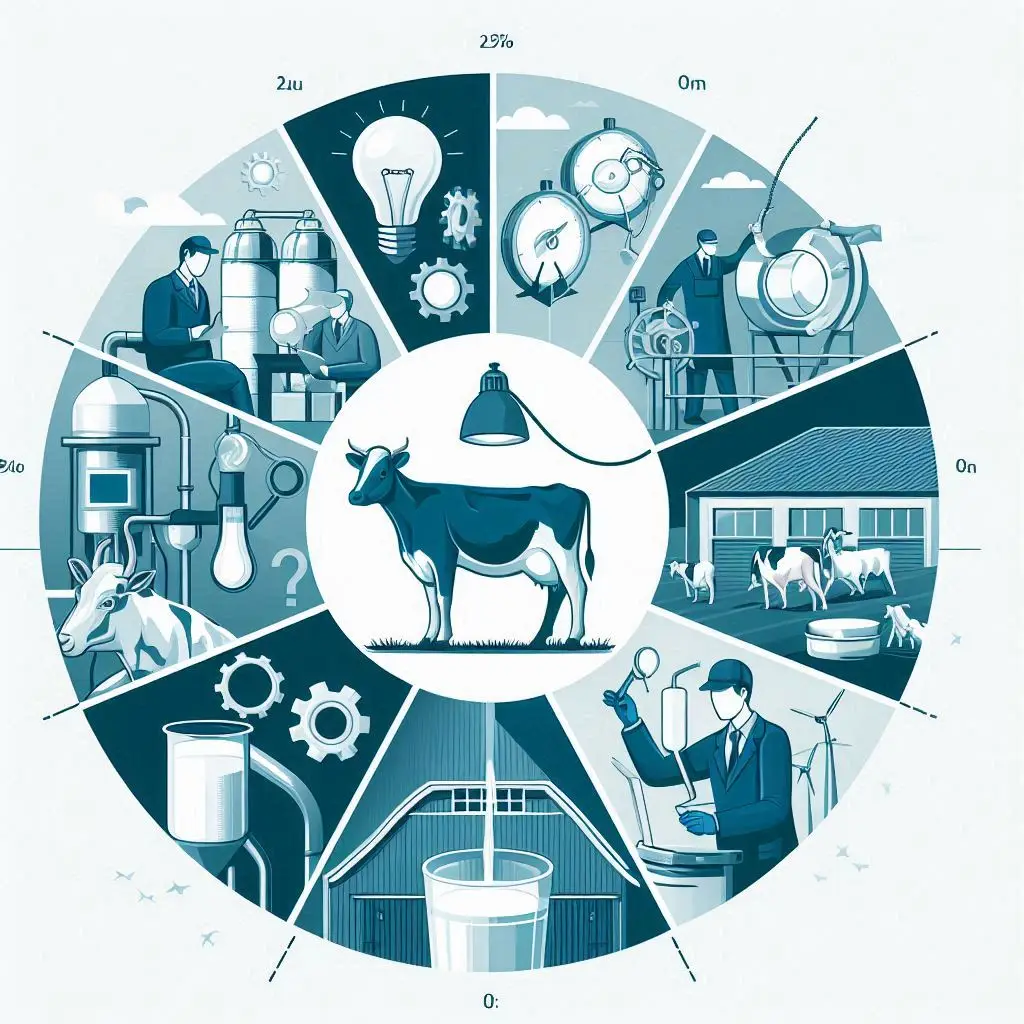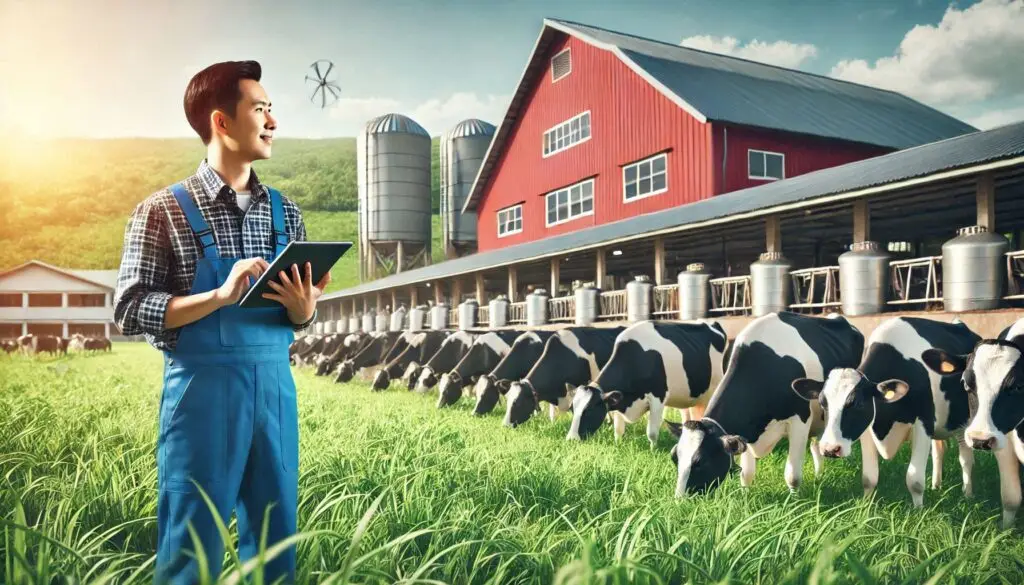Commercial Dairy Farming in India

1. Overview of Dairy Farming in India
Dairy farming has been a traditional practice in India for centuries, with an estimated 70 million rural households engaged in this activity. The country produces over 210 million metric tonnes of milk annually, accounting for approximately 22% of the global milk production. The dairy sector plays a crucial role in the livelihood of millions, providing a steady source of income and nutrition.
1.1 Historical Context
The history of dairy farming in India dates back to ancient times, where it was primarily a subsistence activity. The Green Revolution in the 1960s marked a significant turning point, leading to increased milk production through improved breeding and feeding practices. The establishment of cooperative movements, such as the Anand Milk Union Limited (AMUL), further revolutionized the dairy industry by empowering farmers and ensuring fair prices.
1.2 Current Status
Today, India is not only the largest producer of milk but also one of the fastest-growing markets for dairy products. The increasing demand for milk and milk products, driven by population growth, urbanization, and changing dietary preferences, has led to a gradual shift from traditional to commercial dairy farming.
2. Comparison with Advanced Countries
While India has made remarkable progress in dairy farming, there are significant differences when compared to advanced countries like the USA, Germany, and New Zealand.
2.1 Herd Size and Productivity
In advanced countries, dairy farms typically have larger herd sizes, often exceeding 1,000 cows, with a focus on high-yielding breeds such as Holsteins. The average milk yield per cow in the USA is around 22,000 liters annually, while in India, it is approximately 1,000 liters. This stark contrast highlights the need for improved breeding and management practices in Indian dairy farming.
2.2 Technological Advancements
Advanced countries leverage cutting-edge technology in dairy farming, including automated milking systems, precision feeding, and advanced health monitoring systems. In contrast, Indian dairy farms, especially smallholder farms, often rely on traditional methods with limited access to technology. The adoption of mechanization and automation in Indian dairy farming is still in its infancy.
2.3 Processing and Value Addition
The dairy processing industry in advanced countries is highly organized, with a significant focus on value-added products such as cheese, yogurt, and ice cream. In India, while there is a growing trend towards value addition, a large portion of milk is still consumed in its raw form. The potential for growth in processed dairy products remains largely untapped.
3. Challenges in Indian Dairy Farming
Despite its potential, commercial dairy farming in India faces several challenges:
3.1 Low Productivity
The average productivity of dairy animals in India is significantly lower than that in advanced countries. Factors contributing to this include poor breeding practices, inadequate nutrition, and lack of veterinary care.
3.2 Resource Constraints
The dairy sector is grappling with resource constraints, including limited access to quality feed, water scarcity, and degradation of grazing lands. Climate change further exacerbates these challenges, impacting fodder availability and animal health.
3.3 Market Access
Small-scale dairy farmers often face difficulties in accessing markets due to inadequate infrastructure and fluctuating milk prices. The informal sector dominates the milk market, leading to price volatility and uncertainty for farmers.
4. Opportunities for Growth
Despite the challenges, there are numerous opportunities for growth in the Indian dairy sector:
4.1 Increasing Demand
The rising population and changing dietary habits are driving demand for milk and dairy products. The growing middle class in urban areas is particularly inclined towards value-added dairy products, presenting a lucrative market for dairy farmers.
4.2 Government Initiatives
The Indian government has implemented various schemes to support the dairy sector, including subsidies for dairy farmers, financial assistance for setting up processing units, and initiatives to improve animal health and nutrition. These measures aim to enhance productivity and profitability in the dairy sector.
4.3 Technological Adoption
The adoption of modern technologies in dairy farming, such as artificial insemination, better feed management, and health monitoring systems, can significantly improve productivity. There is also a growing trend towards mechanization, which can enhance efficiency and reduce labor costs.
5. Future Prospects
The future of commercial dairy farming in India looks promising, with several trends shaping the industry:
5.1 Urbanization and Changing Consumer Preferences
As urbanization continues to rise, consumers are increasingly seeking convenience and quality in dairy products. This shift presents opportunities for dairy farmers to innovate and cater to evolving consumer preferences.
5.2 Sustainable Practices
There is a growing emphasis on sustainable dairy farming practices that minimize environmental impact and promote animal welfare. Implementing sustainable practices can enhance the reputation of Indian dairy products in both domestic and international markets.
5.3 Export Potential
India has the potential to become a significant player in the global dairy market, particularly in the export of value-added products. By focusing on quality and compliance with international standards, Indian dairy farmers can tap into lucrative export markets.
Conclusion
Commercial dairy farming in India is at a critical juncture, with immense potential for growth and development. By addressing the challenges and leveraging opportunities, India can enhance its dairy sector’s productivity and profitability. The journey towards modernizing dairy farming practices, adopting technology, and focusing on value addition will be crucial for the future success of this vital industry. This comprehensive overview of commercial dairy farming in India not only highlights its current status and challenges but also emphasizes the opportunities for growth and the need for modernization. By focusing on these aspects, stakeholders can work towards a more sustainable and profitable dairy sector in India.
For more pearls of Vets Wisdom:





Responses